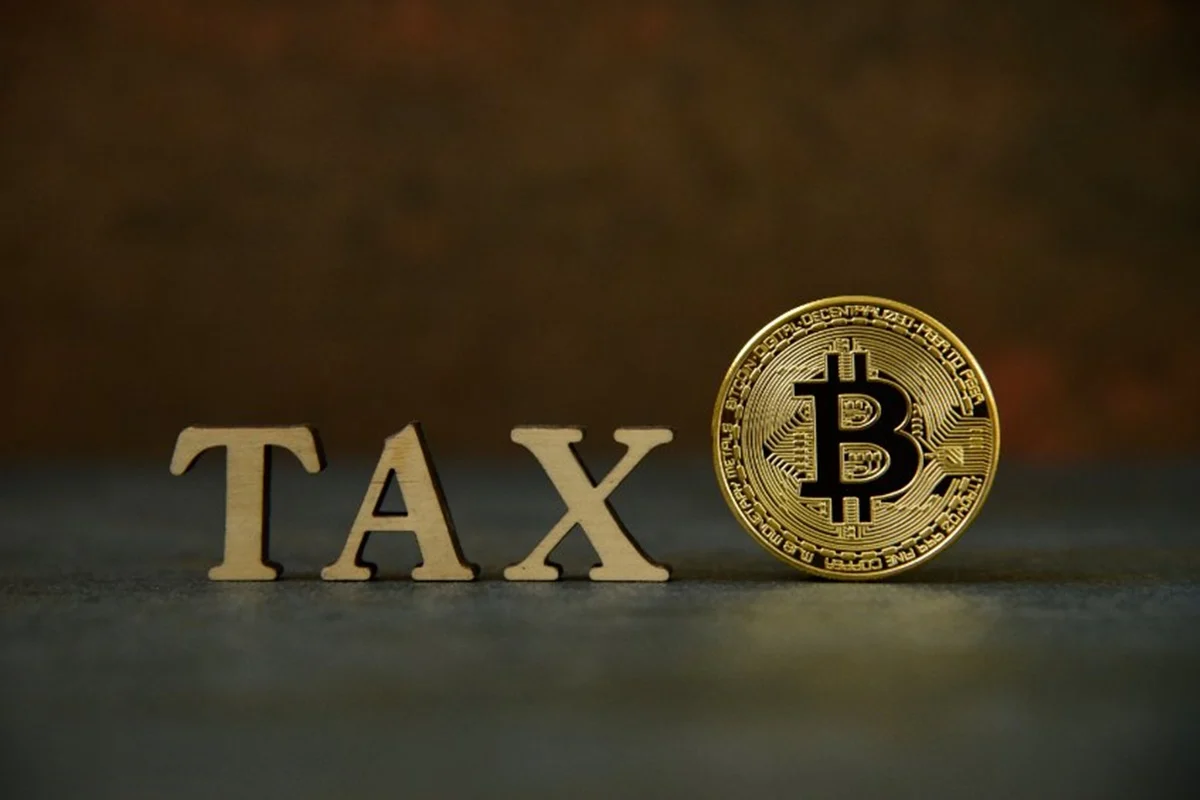US Treasury Moves to Exempt BTC and Crypto Tax From 15% CAMT Levy on Unrealized Gains


In a surprising development, the United States Treasury has moved to exempt BTC and certain cryptocurrencies from the proposed 15% crypto tax levied on unrealized gains by the laws. The move comes amid growing backlash over the potential burden of the crypto tax rule on long-term holders and the growing crypto industry.
According to public reports, the Treasury’s revised guidance would exclude BTC and other major crypto assets from automatic mark-to-market taxation. This will effectively protect investors from having to pay tax on paper gains every year.
Eased Crypto Taxes Promises Relief
The CAMT proposal, a major component of recent tax reform discussions, initially required that certain high-value assets, including , be treated like business income. That meant that holders of such assets would be forced to pay tax on unrealized gains annually, even without tradeing their holdings.
Under the revised guidance, BTC and selected assets would be taken out of that crypto tax requirement, returning to the standard model where gains are taxed only when realized from sales. The announcement brings relief to many in the crypto community who viewed the initial CAMT as a net negative to digital asset holders and the broader crypto economy.
Treasury officials cited concerns about administrative complexity, valuation disputes, and investor harm in quick-moving, volatile markets as key reasons behind the shift. For crypto investors and companies, exempting BTC from CAMT alleviates a major bottleneck. It reduces the risk that they would owe on paper gains in high-volatility periods without realizing profits. That change supports capital allocation, encourages longer-term holding, and may promote further inflows into institutional-grade crypto.
CAMT Crypto Tax Adjustment: Government and Industry Synergy Remains Non-Negotiable
This turnaround by the US Treasury on a major crypto tax is notable for its fiscal impact and signals the importance of the government’s synergy with the crypto sector. At a time when many jurisdictions are tightening crypto oversight, the US appears to be heeding the cries of industry players and has walked back one of the more aggressive tax proposals.
Politically, the shift suggests pressure is working. The crypto industry, advocacy groups, and stakeholders had strongly opposed the CAMT crypto tax plan. The Treasury’s concession may reflect the recognition that overly burdensome rules risk pushing innovation offshore or pushing capital to more crypto-friendly jurisdictions.
This development could influence . Other countries considering aggressive crypto taxation will watch how the US handles backlash and adapts. However, the change is expected to apply only to core assets. There are questions about which smaller assets qualify. Plus, speculative coins may still face scrutiny under the CAMT regime, creating unequal treatment in the industry.
Overall, the balance between revenue generation and growth preservation will be tested in the US and beyond, so continuous regulatory vigilance remains crucial to all stakeholders.







